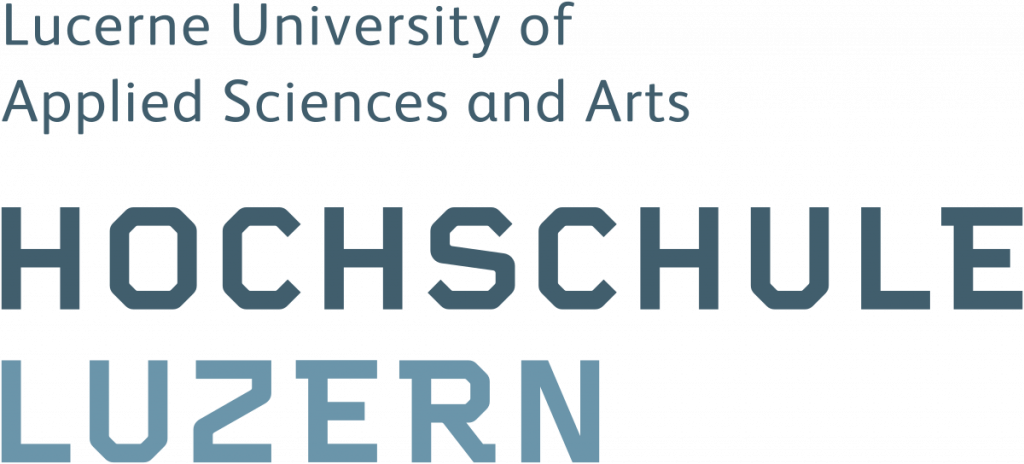MASTER CLASSES ON COMPUTER VISION AND CONVOLUTIONAL NEURAL NETWORKS
by Professor Božidar Potočnik from Maribor University (Slovenia)
ALL ETSINF STUDENTS ARE INVITED — NO REGISTRATION REQUIRED
Lecture 1: Classical Pipeline of Digital Image Processing
May 12th, 2022, (Thursday) 12:30 PM at 1G-0.3
Imaging devices are now more widely available than ever before.
This offers a variety of opportunities for computer processing of
digital images for a wide variety of application areas.
In this lecture, we will briefly present the basic processing
blocks required in designing a computer software system for the
object detection problems. Such a classic approach, which is no
longer the first choice of researchers and developers today, is
still the only option when there is only a small amount of data
and images at disposal.
Lecture 2: The use of Convolutional Neural Networks as a Modern Approach to Digital Image Processing
May 16th, 2022, (Monday) 12:00 PM at 1G-0.3
Deep learning computational procedures are taking over primacy also in the field of
Digital Image Processing and Computer Vision. Deep Convolutional Neural Networks (CNN),
as an example of such approaches, are particularly suitable for processing 2D and 3D
digital images. In this lecture, we will make a brief introduction to the Convolutional
Neural Networks. We will present the most typical layers of such Neural Networks;
besides that, we will also give some recommendations for learning and fine-tuning.
We will demonstrate with a few examples how to meaningfully utilise CNNs for the
processing of digital images.
Božidar Potočnik was born in Maribor, Slovenia in 1972. He received the B.S., M.S.,
and D.S. degrees in computer science from the University of Maribor in 1995, 1998,
and 2000, respectively. Since 2013, he has been an Associate Professor at Faculty
of Electrical Engineering and Computer Science, University of Maribor, Slovenia.
He is the author of a book and more than 30 scientific peer-reviewed journal articles.
His research interests include digital image and image sequence processing,
deep learning, pattern recognition, and biomedicine. He is the IEEE member since 1995.













